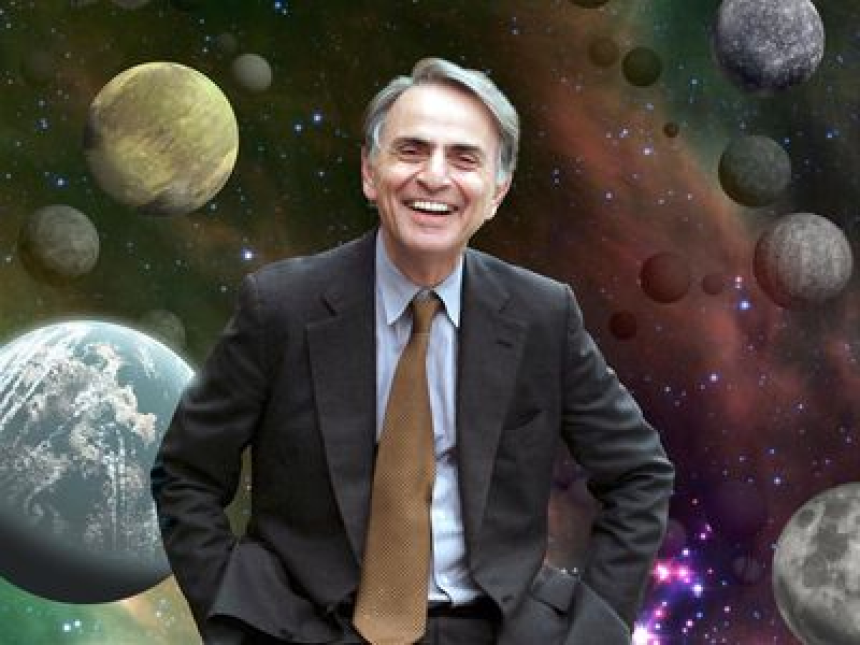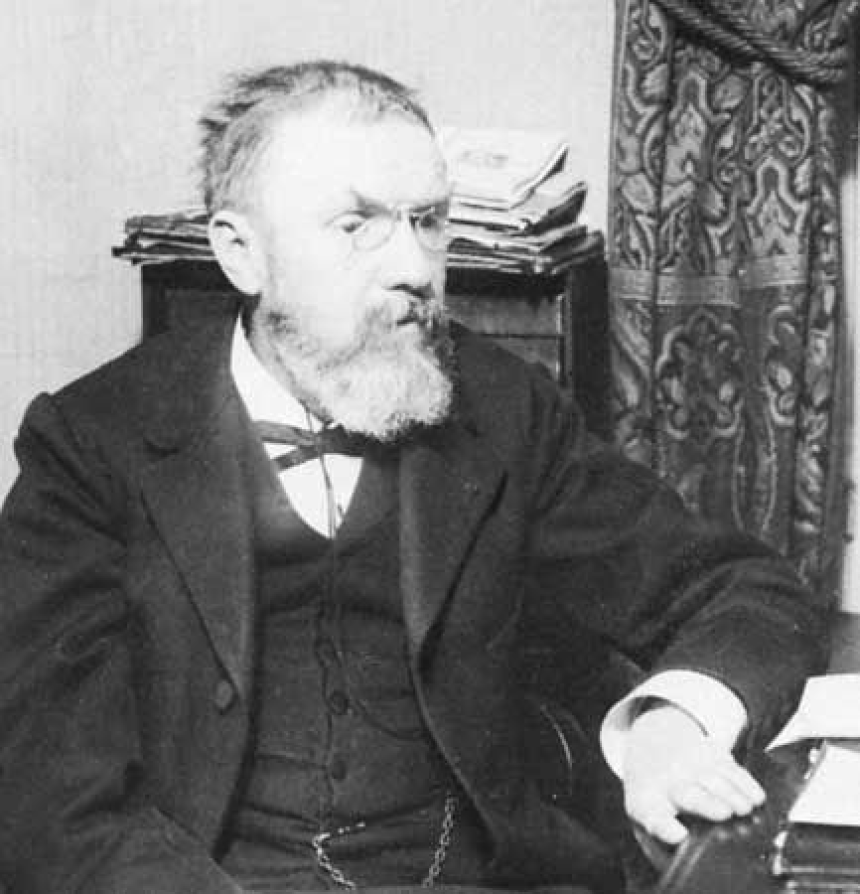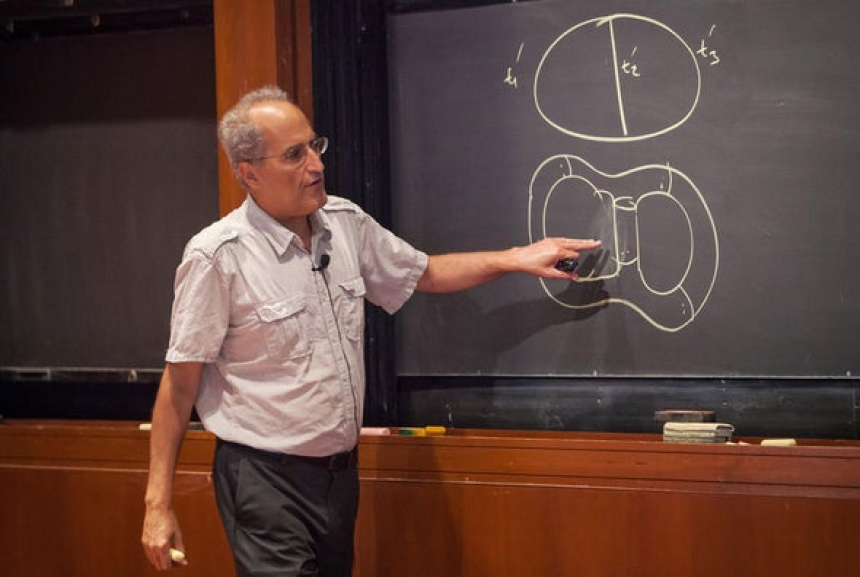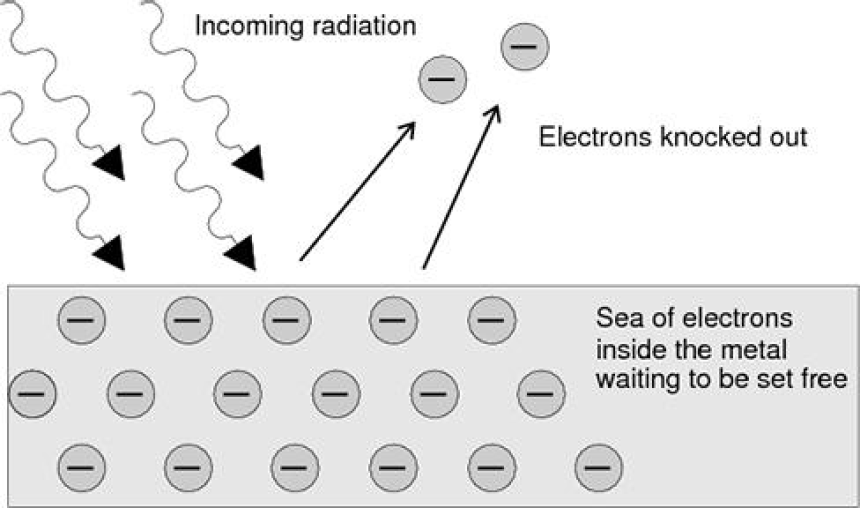
Carl Sagan
Carl Sagan, an American astronomer, cosmologist, and astrophysicist, was one of the most influential figures in the field of science education and popularization. His ability to convey complex scientific ideas in an accessible and engaging manner has inspired generations of school goers and sparked an enduring interest in space and the cosmos. In this blog, we will delve into the life and work of Carl Sagan and explore why he remains an iconic figure in the world of science.
Carl Sagan: A Pioneer in Science Education and Popularization
Carl Sagan, an American astronomer, cosmologist, and astrophysicist, was one of the most influential figures in the field of science education and popularization. His ability to convey complex scientific ideas in an accessible and engaging manner has inspired generations of school goers and sparked an enduring interest in space and the cosmos. In this blog, we will delve into the life and work of Carl Sagan and explore why he remains an iconic figure in the world of science.
Early Life and Education
Carl Sagan was born on November 9, 1934, in Brooklyn, New York. From a young age, he displayed a keen interest in astronomy and the wonders of the universe. Sagan pursued his passion by studying at the University of Chicago, where he earned multiple degrees in physics, astronomy, and astrophysics.
Contributions to Science
Sagan's contributions to the scientific community were wide-ranging and significant. He made notable discoveries in planetary science and conducted groundbreaking research on the effect of nuclear war on Earth's climate. His work on the possibility of extraterrestrial life also garnered widespread attention.
One of Sagan's most remarkable achievements was his leadership role in the NASA Voyager missions. As a member of the Voyager imaging team, Sagan played a pivotal part in selecting the famous "Golden Record" that carried sounds and images representing Earth. This record, intended for any extraterrestrial civilizations that might encounter the Voyager spacecraft, was a testament to Sagan's dedication to exploring the unknown and fostering a sense of wonder.
Television and Books
Sagan's ability to communicate complex scientific concepts to a broad audience earned him widespread acclaim and popularity. His television series, "Cosmos: A Personal Voyage," which first aired in 1980, became a cultural phenomenon. It reached millions of viewers worldwide and made astronomy and astrophysics accessible and captivating to people of all ages.
In addition to his television success, Sagan authored numerous books that further ignited the public's fascination with science. His well-known work, "The Demon-Haunted World: Science as a Candle in the Dark," encouraged critical thinking and skepticism, emphasizing the importance of evidence-based reasoning in a world full of pseudoscience and superstition.
Legacy and Impact
Carl Sagan's impact on science education and popularization continues to be felt to this day. His ability to inspire wonder and curiosity in people of all ages has led to advancements in scientific research and increased interest in STEM subjects. Sagan's remarkable legacy lives on through educational programs, institutions, and the ongoing quest to understand the universe.
FAQs about Carl Sagan
1. What were Carl Sagan's main areas of expertise?
Carl Sagan was an expert in astronomy, astrophysics, and planetary science. He made significant contributions in these fields and played a pioneering role in science education and popularization.
2. How did Carl Sagan contribute to space exploration?
Sagan's involvement in the NASA Voyager missions allowed him to select the content for the "Golden Record," an important representation of humanity's achievements and culture. His work helped expand our understanding of the cosmos and fostered an interest in space exploration.
3. What was Carl Sagan's most famous television series?
Carl Sagan's most famous television series is "Cosmos: A Personal Voyage," which aired in 1980. Its immense popularity solidified Sagan's reputation as a gifted communicator and brought the wonders of the universe into the homes of millions of viewers.
4. What was Carl Sagan's stance on critical thinking and skepticism?
Sagan emphasized the importance of critical thinking and skepticism in his book, "The Demon-Haunted World: Science as a Candle in the Dark." He encouraged individuals to rely on evidence and reason to challenge pseudoscience and superstition.
5. How has Carl Sagan's legacy impacted science education?
Carl Sagan's ability to make science accessible and captivating has inspired countless individuals to pursue careers in STEM fields. His legacy continues through educational programs and institutions that aim to promote scientific literacy and foster a sense of wonder about the universe.





